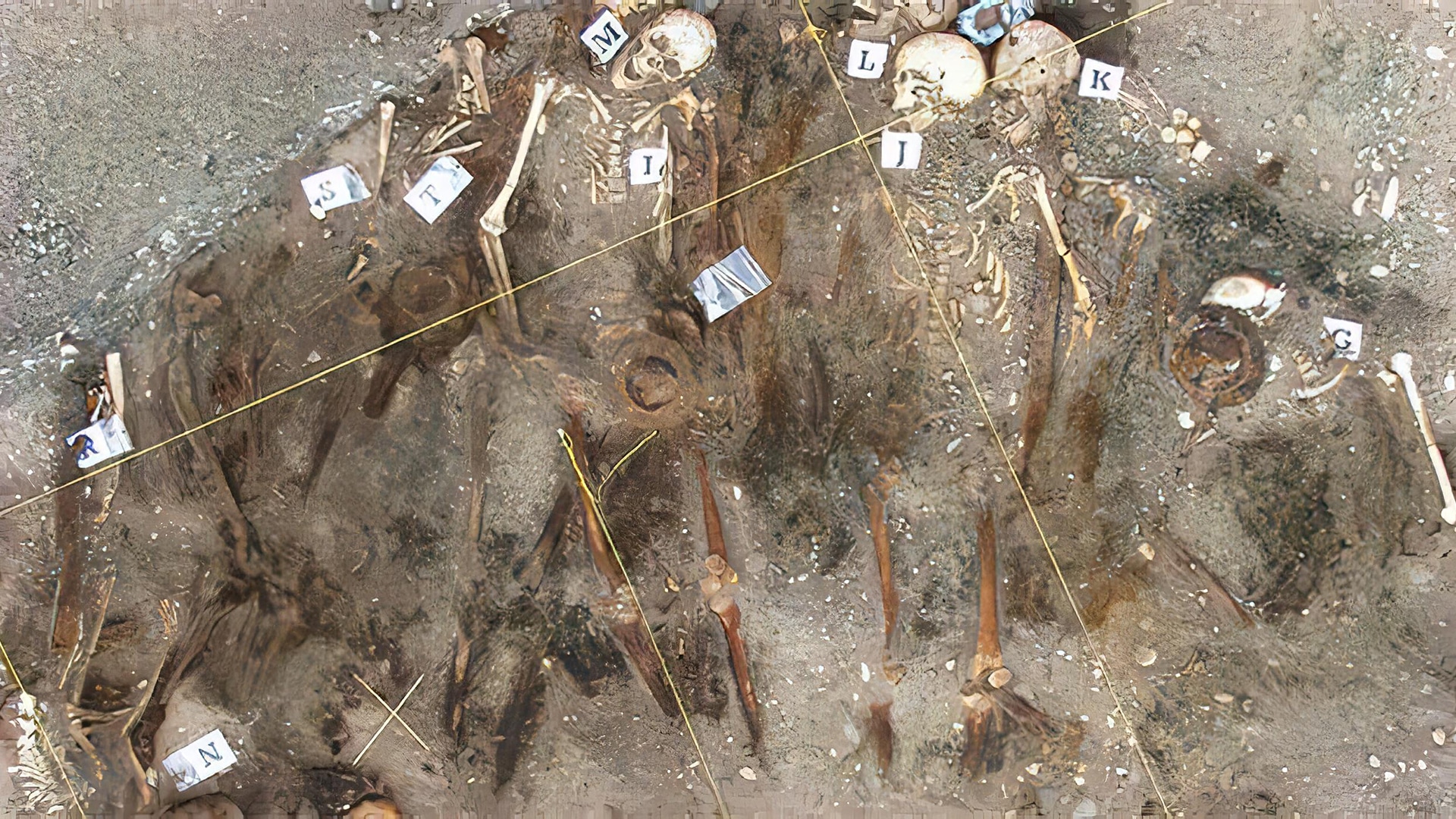Shedding light on the Viking age population
In a large international study, over 90 researchers from different countries, have collaborated to unravel some of the mysteries surrounding the expansion of the Viking age population. The study was published in the scientific journal Nature.
Two boat graves were discovered on the beach of the Estonian island of Sareema, close to the village of Salme, containing the remains of 41 men between the ages of 18 and 45. The men, who were identified as early Swedish Vikings, arrived on the island around the year 750 A.D. and are believed to have met a violent death, with signs of many stabs and cuts to their bones. The archaeologists responsible for the excavation concluded that the men were quickly buried in their boats after having died in battle.
To find out more about the mysterious remains, researchers from Tallinn University investigated the bones further while DNA extraction and DNA analysis were carried out by SciLifeLab researchers Marie Allen and Magdalena Buś (SciLifeLab/Uppsala University).
“Our goal was to investigate if we could say something more about the people in the graves. Was there any kind of relationship between them? And did they come from Sweden? An earlier study, measuring isotopes in teeth from the graves, had already indicated that they came from Mälardalen”, says Marie Allen in a press release from Uppsala University.
The recent DNA results revealed that one family had been hit extra hard with four dead brothers laying in the grave with remains stacked in four layers on top of each other in one of the boat graves. The researchers could also confirm that the men originated from the same area in Sweden by comparing their DNA samples with thousands of samples from other studies.
“The biggest challenge when analyzing material this old is that the DNA has been broken down into small fragments. There are techniques that allow us to do this today, but if the fragments are too short, they cannot be aligned. Luckily, the skeletons in these graves were very well-preserved and especially the teeth and temporal bones provided good sources of DNA”, says Marie Allen.
It is possible to find out even more about the individuals in the graves, for example their hair and eye color, but also other features such as face shape. It can also be predicted if an individual was lactose or gluten intolerant by analyzing their DNA. Those analyzes are still not completed for the Vikings in Salme and will be continued for a while.
“These are partly the same questions the Police are asking during forensic DNA analysis, which most of our research revolves around. There we also work with questions about kinship, origin, and appearance. Despite having a more recent origin, the forensic material can still be very degraded if stored unfavorably or comes from older, cold cases. In both areas, we learn more about analyzing challenging samples”, says Marie Allen.
The entire study included the DNA sequencing of 442 human genomes extracted from archaeological sites across Europe and Greenland, including the men found at the Salme gravesite, and provided the researchers with an improved understanding of the dispersal of the Vikings and the Viking culture.
The researchers present evidence of a major Danish ancestry influx into England, a Swedish influx into the Baltic, a Norwegian influx into Ireland and a substantial ancestry from elsewhere in Europe entering Scandinavia during the Viking Age.
“I think it is especially exciting that we, in a better and more nuanced way, now can start discussing identities in these contexts. To be a Viking had more to do with culture than genetics. The study also pinpoints something that archaeologists and historians have been discussing for a long time – that the Viking age Scandinavian population was not the same as Vikings”, says Charlotte Hedenstierna-Jonson, archaeologist at Uppsala University and co-author of the study.





